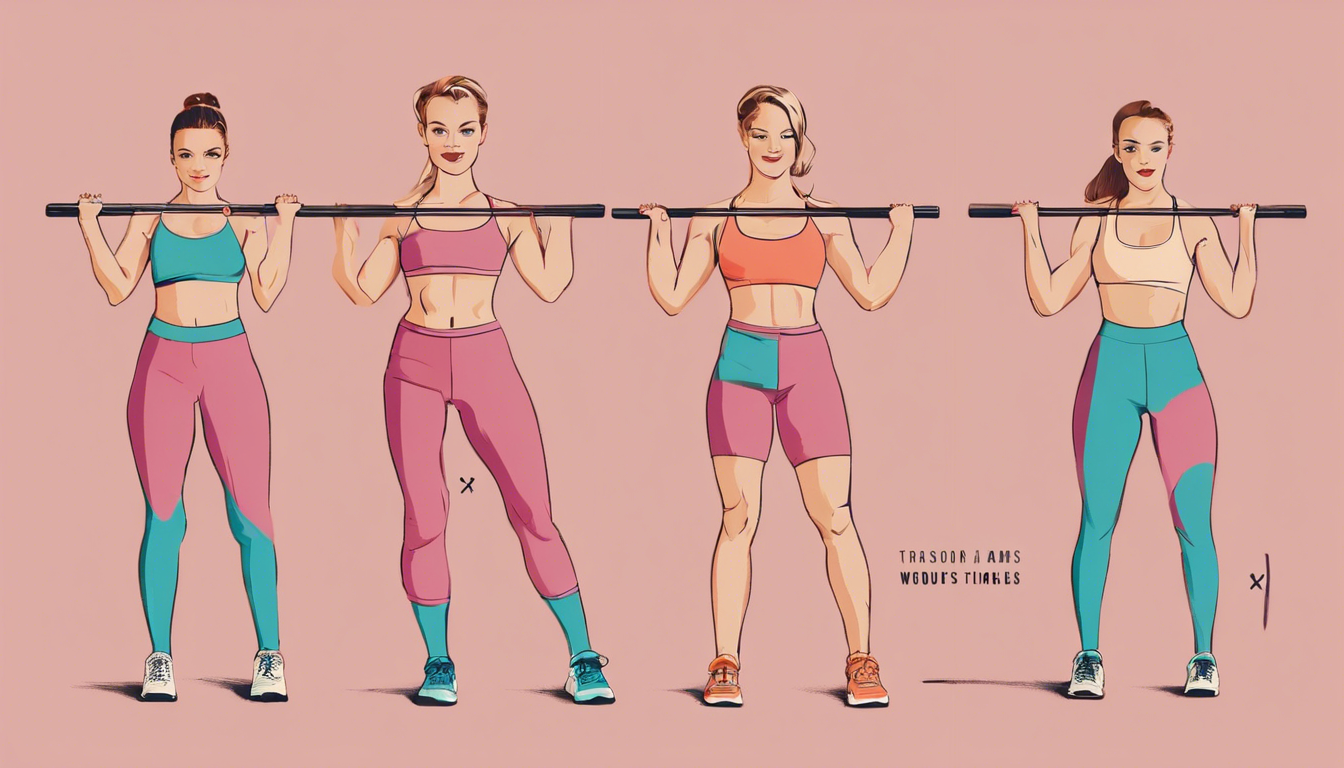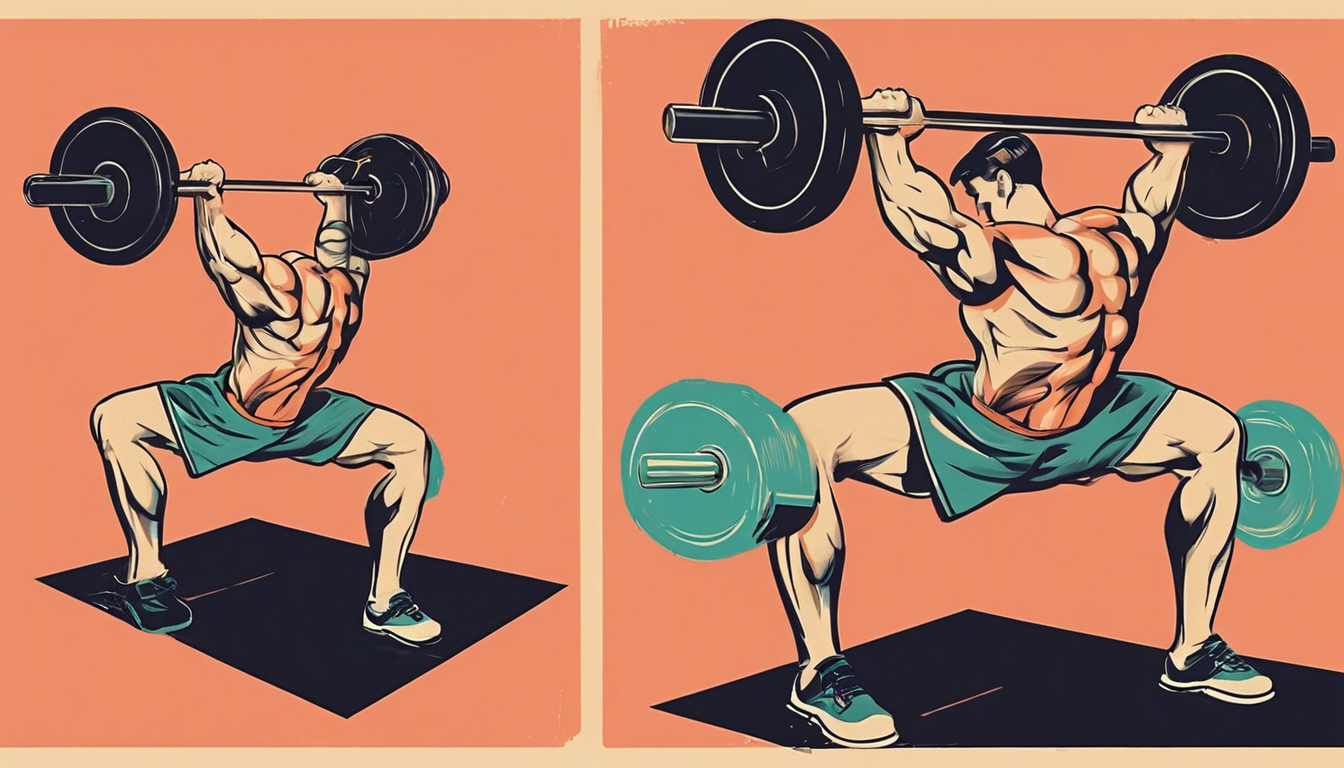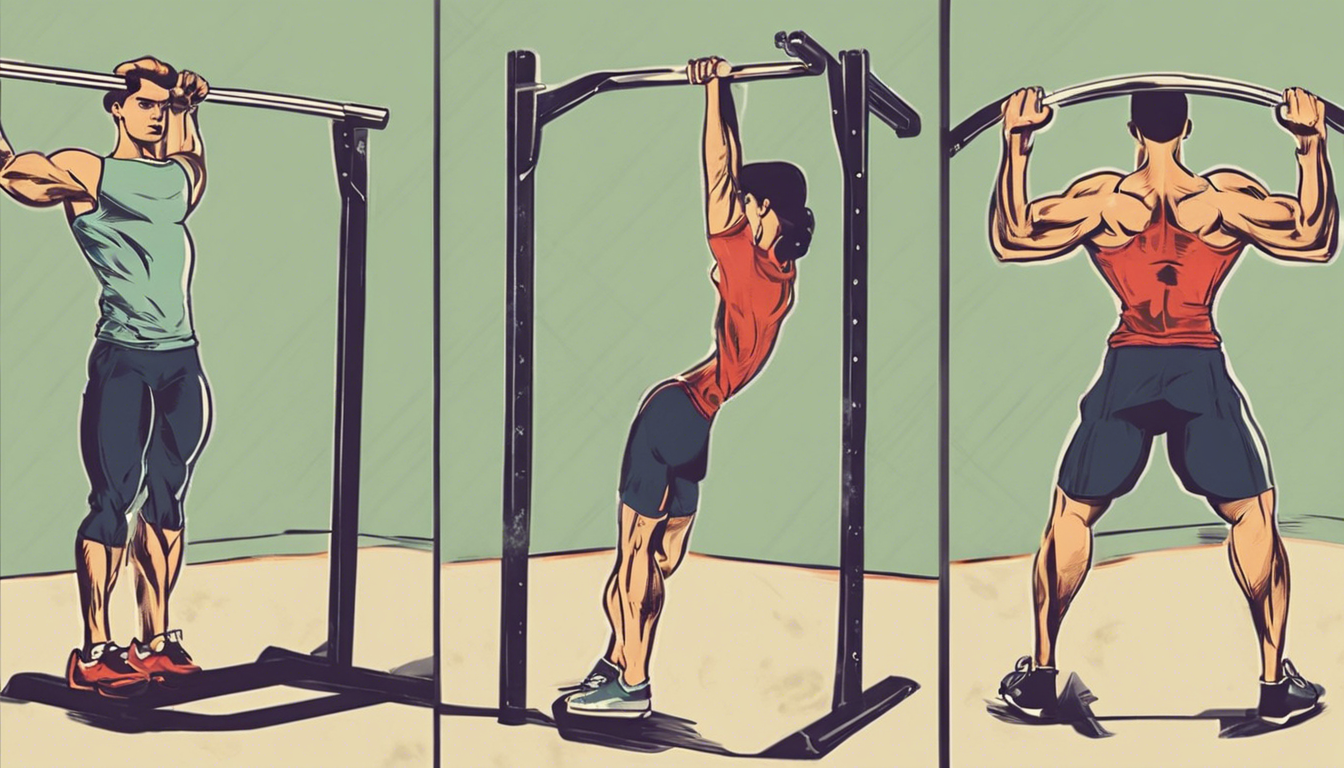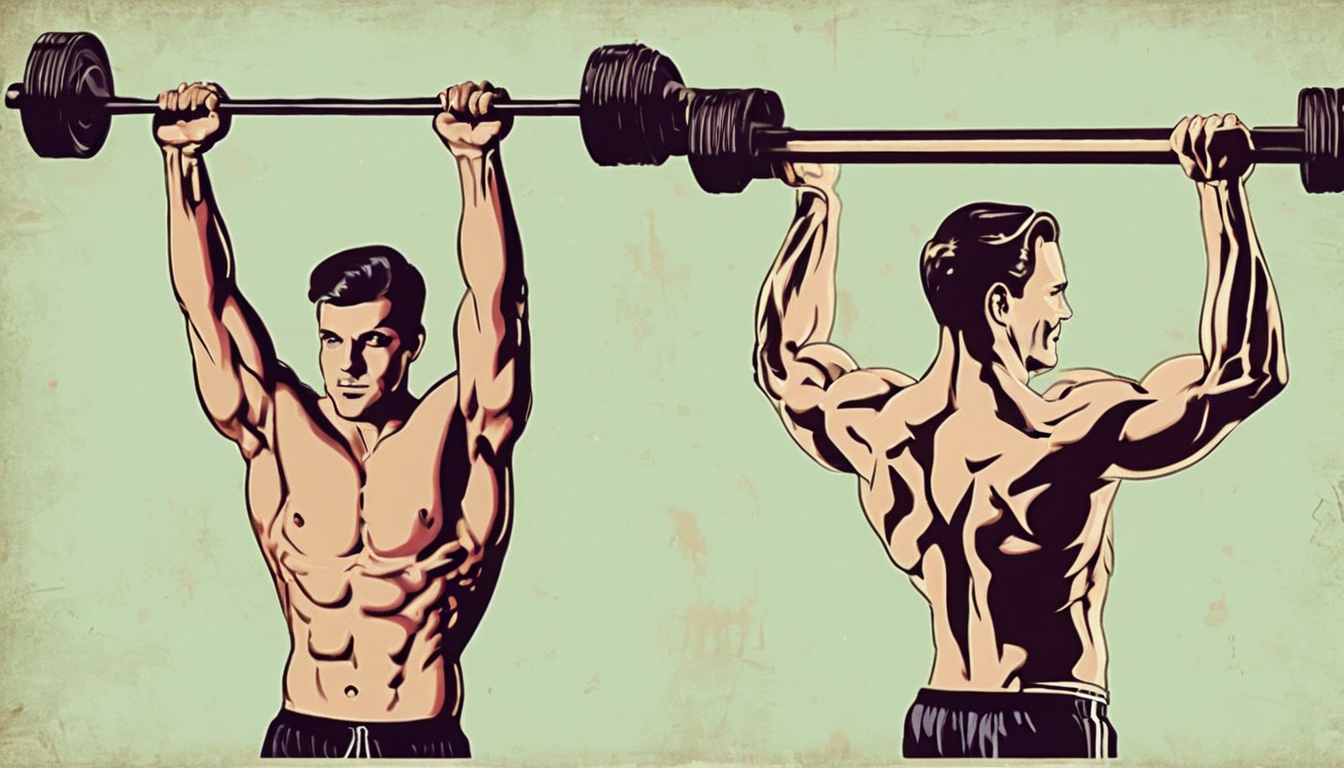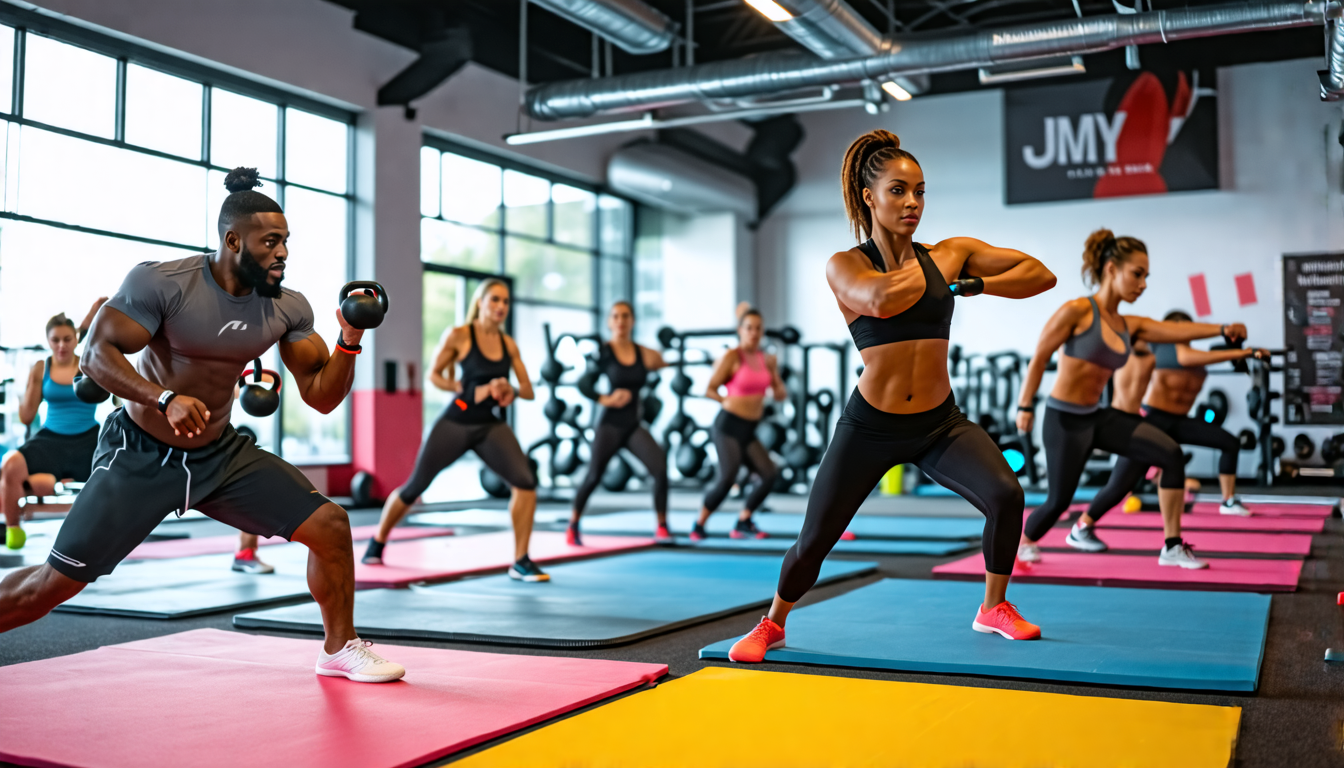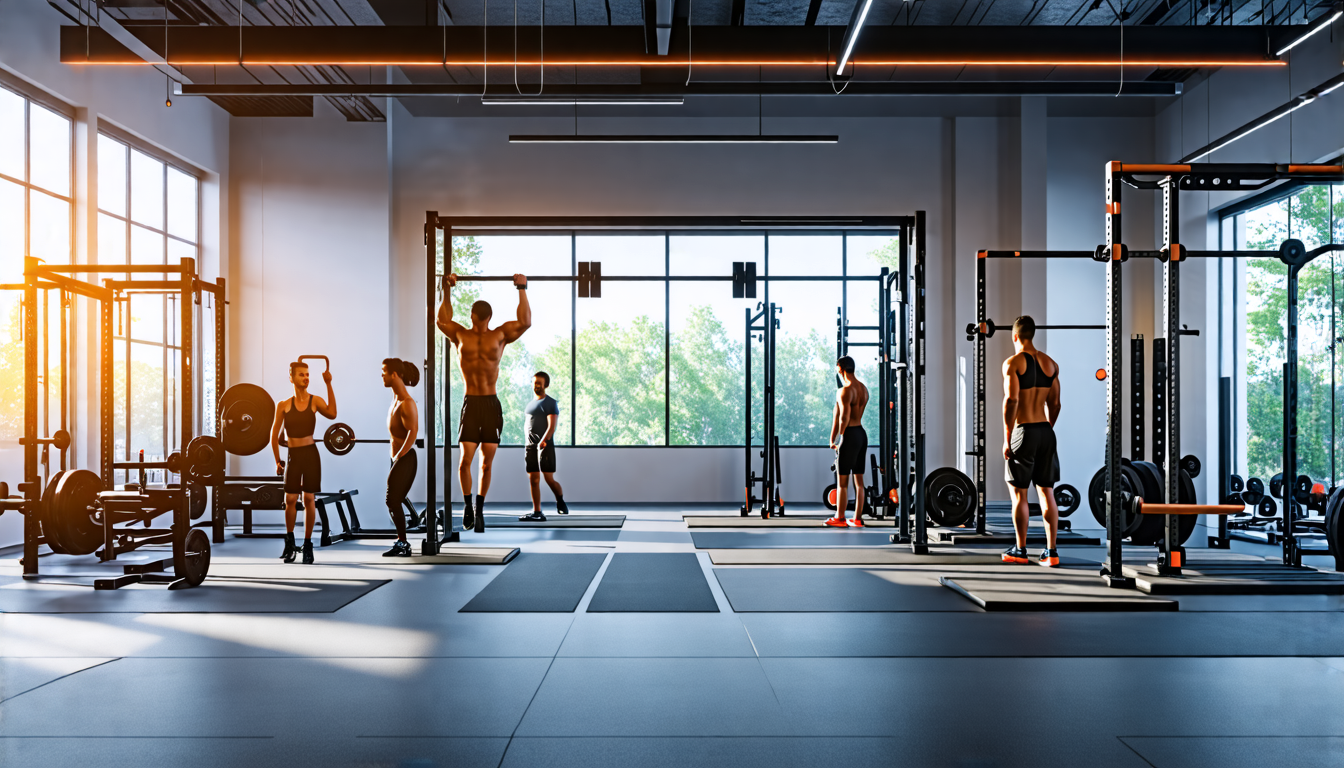
The Home Gym Revolution: Building Strength, Movement, and Mastery
Imagine a workout space that doesn’t just build muscle, but builds capability. A place where the strength you develop translates directly to lifting heavy boxes, playing with your kids, and moving through life with resilient, confident grace. This is the promise of functional fitness—and its beating heart is a powerful, versatile category of equipment. Mastering the selection and use of functional fitness tools with bars is the foundational key to unlocking superior athletic performance, injury resilience, and a new level of physical autonomy in your own home.
Foundational Choices – The Hardware of Movement
Your bar and its accompanying tools form the immutable foundation of your functional fitness ecosystem. This isn’t just about buying gear; it’s about choosing the primary levers for human movement. Your first choice is the most critical rep of your journey.
The Bar Selection – Your Primary Lever
Your choice of bar dictates the universe of movements available to you. A fixed pull-up bar is the cornerstone for foundational upper-body strength, while an Olympic barbell serves as the versatile centerpiece for dynamic, heavy lifts. A power rack with an integrated bar transforms a corner of a room into a full-strength platform.
The Anchor Points – Setting Your Stage
Placement is paramount. For wall-mounted bars, stud-finding is non-negotiable; for freestanding racks, a level, solid floor (often reinforced with horse stall mats) is essential. Consider traffic flow, ceiling height for overhead movements, and ensuring at least a 360-degree safety perimeter around your primary work station.
Material and Component Breakdown
| Component Category | Options | Key Characteristics |
|---|---|---|
| The Bar Itself | Olympic Barbell, Powerlifting Bar, Multi-Grip Pull-Up Bar | Olympic bars feature rotating sleeves for cleans and snatches. Powerlifting bars are stiffer with aggressive knurling for maximal squats and deadlifts. Multi-grip bars alleviate shoulder stress and target muscles from unique angles. |
| Attachment & Enhancement | Gymnastic Rings, Suspension Trainer, Resistance Bands, Trap/Hex Bar | Gymnastic rings introduce instability, demanding extreme core and stabilizer engagement. Suspension trainers leverage bodyweight for rows, presses, and core work. Resistance bands add accommodating resistance to barbell lifts or assist with pull-ups. The Trap Bar is a superior tool for teaching the hinge pattern with a more back-friendly load. |
The Core System – Programming Movement Patterns
These tools are not for random exercises. They are instruments for programming the essential, primal movements of the human body. Your training becomes a system to be managed for balanced, intelligent development.
The Movement Variables: The “Why” Behind the Exercise
The Hinge (e.g., Deadlifts): This is your powerhouse movement. Target: posterior chain (glutes, hamstrings, back). Consequence of neglect: chronic lower back weakness. Primary Tools: Barbell, Trap Bar, Resistance Bands for technique work.
The Squat (e.g., Front Squats): The foundation of lower-body strength and mobility. Target: quadriceps, glutes, core stability. Consequence: poor athletic power and compromised movement. Primary Tools: Barbell, Squat Rack, Suspension Trainer for assisted squat practice.
The Press (e.g., Overhead Press): Builds formidable shoulder integrity and upper-body strength. Target: deltoids, triceps, core. Consequence: shoulder instability and a weak overhead position. Primary Tools: Barbell, Kettlebells (for presses or hangs from the bar).
The Pull (e.g., Pull-Ups, Rows): The antidote to modern, hunched posture. Target: lats, rhomboids, biceps. Consequence: rounded shoulders and back pain. Primary Tools: Pull-Up Bar, Gymnastic Rings (for rows and muscle-ups), Barbell for Bent-Over Rows.
The Carry (e.g., Farmer’s Walks, Suitcase Carries): The ultimate test of full-body integration. Target: grip, core bracing, shoulder stability, full-body stamina. Consequence: lack of real-world, durable strength. Primary Tools: Barbell (held at sides), specialized farmer’s walk handles.
Advanced Practices – Optimization and Integration
Once movement patterns are ingrained, the focus shifts to sophistication, efficiency, and relentless progress.
Preparation: The Foundation of Safety and Longevity
Wipe down bars and attachments post-workout to prevent rust and preserve knurling. Regularly inspect straps, buckles, and mounting hardware. Chalk use improves grip but requires more frequent cleaning. This maintenance isn’t chore; it’s respect for your tools.
Ongoing Inputs: Programming for Perpetual Progress
Move beyond simple sets and reps. Use functional fitness tools with bars in complexes (a sequence of exercises performed back-to-back with the same load), EMOMs (Every Minute on the Minute), and density circuits. For example, an EMOM for 10 minutes: Min 1: 5 Cleans, Min 2: 10 Ring Rows. This structures intensity and builds work capacity.
Selection and Strategy: Building a Cohesive Arsenal
Start minimalist and expand strategically. Phase 1: A sturdy pull-up bar and gymnastic rings. Phase 2: An Olympic barbell, weight plates, and a squat stand. Phase 3: Enhance with resistance bands, a kettlebell, and a trap bar. Sequence exercises to avoid pre-fatiguing muscles for priority lifts—don’t do max-effort pull-ups before heavy barbell rows.
Threat Management – The Proactive Defense Against Injury
The primary risk in bar-based training is injury, which is best managed not by fear, but by a protocol of intelligent prevention.
Prevention: Movement Quality is Non-Negotiable
Master the pattern with no load, then a PVC pipe, then a light bar before adding significant weight. Dedicate 10 minutes daily to mobility work targeting the ankles, hips, thoracic spine, and shoulders—the joints most taxed by bar training. Your warm-up should be a dynamic rehearsal of the day’s movements.
Intervention: The Tiered Response Protocol
Identify: Is it delayed-onset muscle soreness (good pain), sharp joint pain (bad pain), or a technique fault?
Tier 1 Response (Minor Technique Plateaus): Deload by 20% for a week, focus on form, film your sets for self-analysis.
Tier 2 Response (Persistent Discomfort): Regress the movement. Use bands for pull-up assistance, switch to goblet squats, or reduce range of motion.
Tier 3 Response (Acute Pain or Stagnation): Seek a qualified coach for a technique review. Consult a physical therapist or sports medicine professional. Do not train through pain.
Your 6-Month Roadmap to Functional Mastery
| Phase | Primary Tasks | Focus On |
|---|---|---|
| Foundation (Months 1-3) | Master 3x/week full-body routines. Achieve 3×5 perfect bodyweight rows and push-ups. Learn the barbell deadlift, squat, and press with an empty bar. Practice hanging from the bar for time. | Neural connection, establishing motor patterns, building tendon resilience. Technique is the only metric that matters. |
| Integration (Months 4-6) | Add load progressively to core lifts (aim for 5-10% increases monthly). Introduce your first barbell complex (e.g., Deadlift + Hang Clean + Front Squat + Press). Incorporate dedicated grip work (bar hangs, farmer’s carries). | Strength gains, linking movements fluidly, identifying and attacking personal weaknesses like grip or overhead stability. |
Functional fitness tools with bars are more than equipment; they are a complete system for forging a more capable human. This journey—from selecting your first anchor point to executing a flawlessly fluid complex—culminates in profound self-reliance. The unparalleled joy is found in the confidence of your own movement, the strength that serves you outside your gym, and the knowledge that your personal fitness forge enriches every single day.
